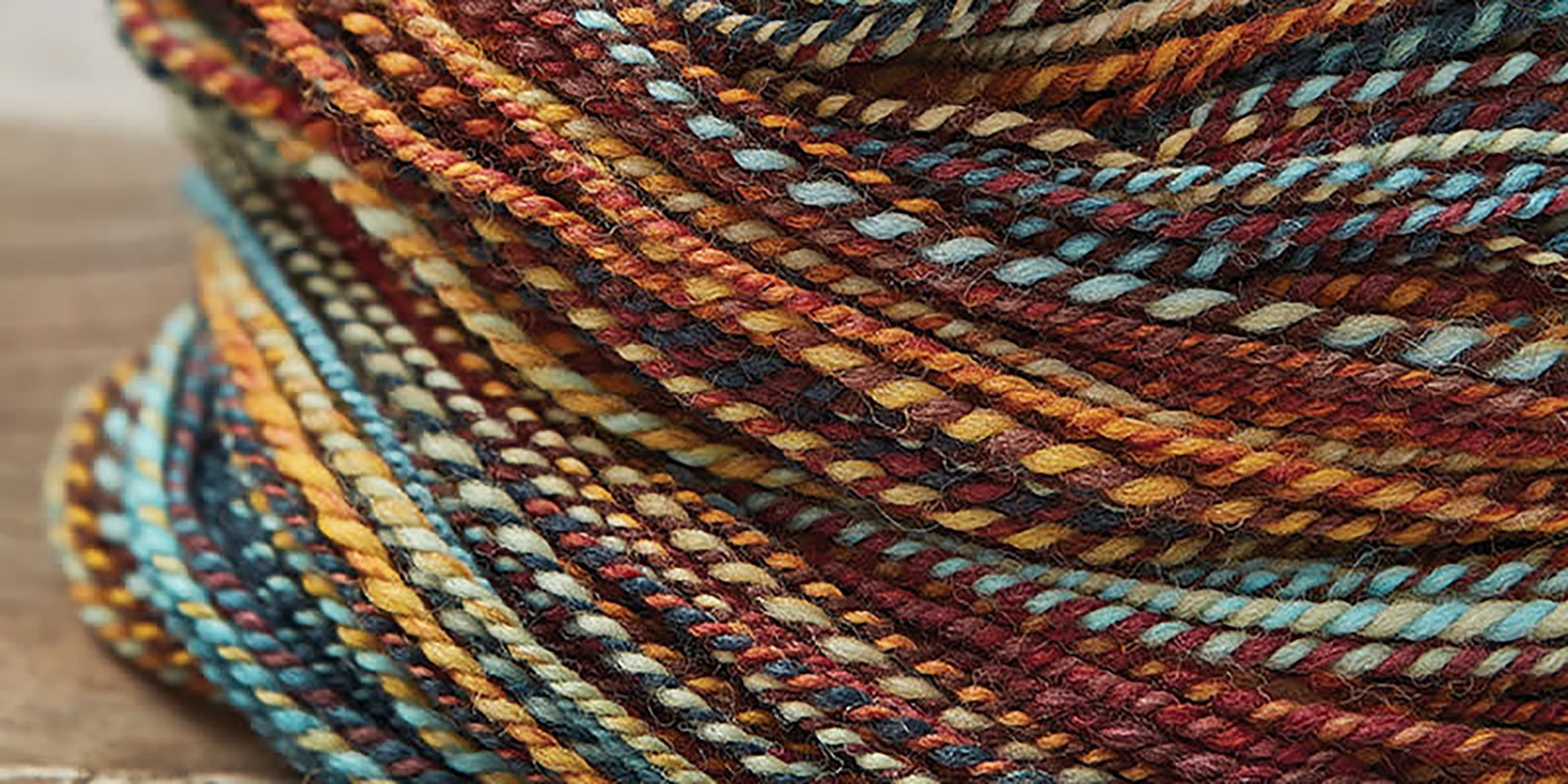Crafters know better than most people where clothing comes from, and we know that every day is better with yarn in it. But have you ever stopped to think what the world would look like if humans hadn’t discovered that fiber + twist = a very good thing?
Dana Bincer: We wouldn't have sailed the seven seas—no sails or rigging—so our food would probably be bland without spice trading.
Dana Bincer: We'd definitely have unhappy cats.
Hannah Baker: Baseballs would be way different, right?
Meghan Babin: No thread, no buttons. That's not a world I want to live in.
Deb Gerish: And no crocheted granny square shorts.
Susan Horton: Looms, knitting needles, and crochet hooks would be empty.
Joni Coniglio: I would have finished art school.
Elizabeth Prose: I wouldn't have gotten into art school.
Seeing how sad and empty life would be without yarn, I was so grateful to all the spinners who showed me the way. I took my first life changing spinning class with Maggie Casey, but before her the then-assistant editor of Spin Off, Amanda Berka, gave me some pointers. Long before I picked up a spindle of my own, a spinner at the Maine Fiber Frolic kindly let me draft a little with hers, and Jonathan Bosworth of Journey Wheel showed me how to spin on a charkha.
See the pattern? Helping someone find the joy of yarn can be a job for friends, colleagues, and friendly strangers. When we pass the ability to make yarn to a new person, we have aspinnerated him—assimilated him into our band of makers. Whom would you like to aspinnerate?
For a firm grounding in spinning fundamentals, a prospective spinner could find no better teacher than Maggie Casey’s Start Spinning book and video or Kate Larson’s course. But a new spinner doesn’t just need a teacher—he needs a friendly outstretched hand, some fluff, and the encouragement that he too can make yarn.
— Anne Merrow

